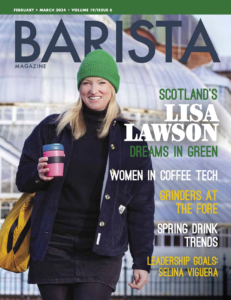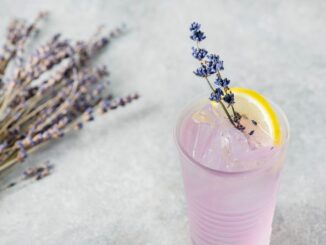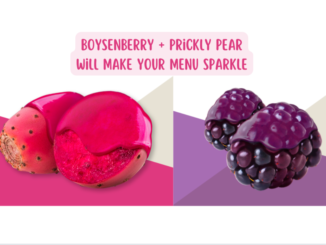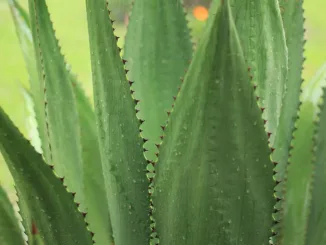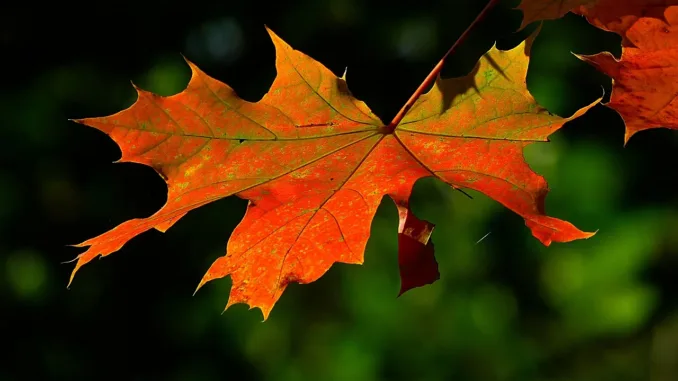
Rich and warm in flavor, maple makes for a great sweetener — plus, its production is believed to have positive effects on the environment.
BY EMILY JOY MENESES
BARISTA MAGAZINE ONLINE
Featured photo sourced via Pixabay
Maple’s taste brings to mind all things cozy: sweetened lattes, pancakes doused in syrup, and the leaves of maple trees turning vibrant shades of red during autumn on the East Coast. And though it has become a staple in North America, maple’s origins can be traced around the world. In fact, most species of maple originated from Asia, and each species has its own unique varieties. Today in “Know Your Sweeteners,“ we’ll uncover more fascinating information about maple and how the ingredient is being incorporated into specialty-coffee drinks today.
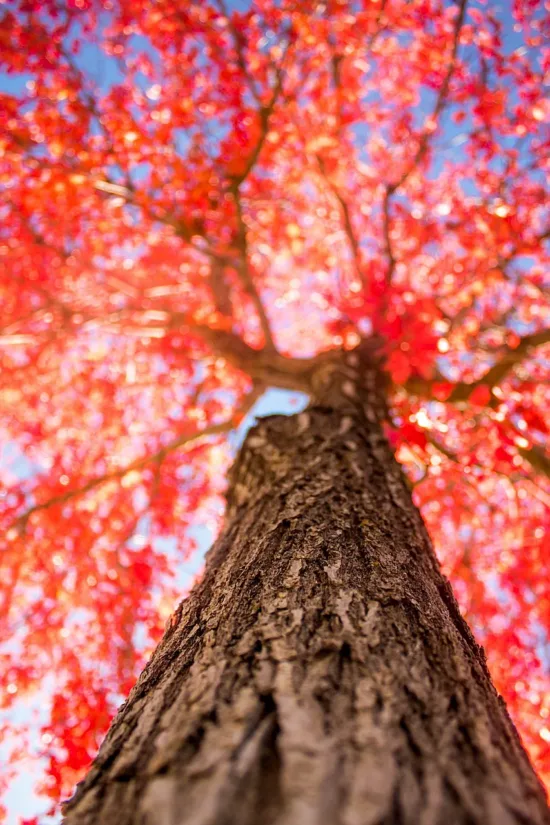
Origins & Varieties
Maples are deciduous trees that are famous for their vibrant autumn colors, and they can vastly range in size, with small varieties like the Japanese maple measuring up to 8 feet tall, while other varieties like the large sugar maple can grow to be up to 100 feet. Common varieties include red maple (native to the North American East Coast), black maple (native to the Midwestern U.S.), Japanese maple, Amur maple (native to northern China and Japan), and Norway maple.
Making Maple Syrup
Maple sap can be tapped from any species of maple tree, but different species will produce different concentrations of sugar in their sap—meaning different levels of sweetness. The sap with the highest sugar concentration comes from the sugar maple tree, which is native to eastern Canada and the eastern U.S.
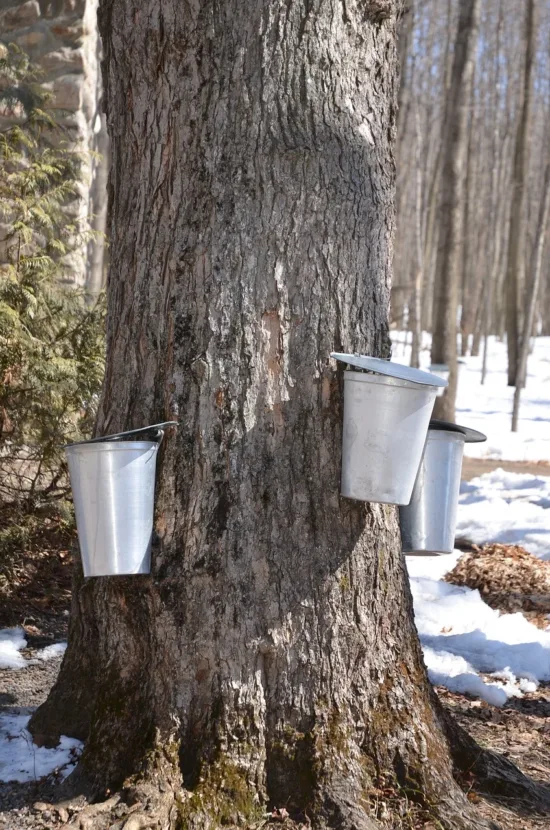
Maple syrup production begins with a “tap hole” being drilled into a maple tree, through which a spout is inserted and connected to a bucket or tank for collecting sap with a vacuum. After being collected, the sap is run through a reverse osmosis machine, which helps remove water. The sap then undergoes a boiling process, helping more water to evaporate until the sap thickens into a syrup.
Maple Syrup Production Today
Though scientists theorize that maple first originated in central China, today’s syrup production is dominated by the eastern portions of Canada and the United States. Canada is currently the world’s top maple syrup producer, with Quebec producing more than 70% of the world’s maple syrup.
Maple syrup is hailed by many as a sustainable and ethical sweetener. Maple forests produce a variety of positive environmental effects, including encouraging biodiversity and acting as “carbon sinks” that help absorb carbon dioxide from the atmosphere. However, environmental scientists point out that maple syrup production may be under threat, with climate change leading to shorter “sugaring seasons”—which causes a decrease in the sap’s sugar concentration.
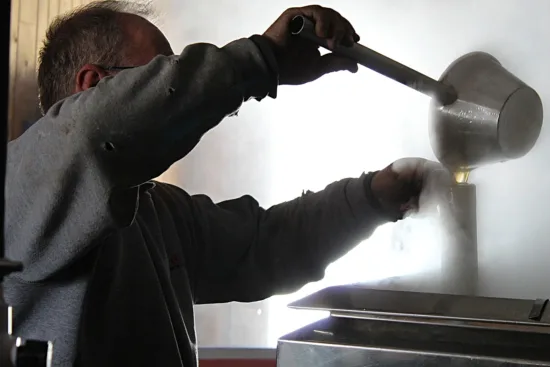
Amid these threats, maple syrup production continues. Many are pointing to the syrup as a good alternative to sugar, due to its higher nutritional value (it contains calcium and magnesium), lower glycemic index, and the fact that it needs less processing. It is also, overall, produced in more ethical ways.
In the Specialty-Coffee World
With its rich, warm flavor and natural tasting notes of caramel and toffee, maple syrup makes a great addition to coffee drinks—especially in the autumn and winter. Regardless of the season, maple is a go-to sweetener. Cafés have worked with the ingredient in many new and creative ways, incorporating it with ingredients like cinnamon, sea salt, and even matcha.
We’re loving this maple sea salt recipe — read on to try it for yourself!

Maple Sea Salt Latte
Ingredients:
- 1 pinch of salt
- 1 tablespoon of pure maple syrup (adjust to taste)
- 2 shots of espresso
- 10 ounces of milk (dairy or nondairy)
Method:
Sprinkle the pinch of salt at the bottom of your mug. Add the tablespoon of maple syrup. Brew two shots of espresso; pour it over the salt and maple syrup, then stir. Steam your milk and pour it on top. Garnish with more sea salt, cinnamon, or cocoa powder.
We find that this recipe pairs best with medium-roast coffees with deep, warm tasting notes of caramel, butterscotch, etc.
ABOUT THE AUTHOR
Emily Joy Meneses (she/they) is a writer and musician based in Los Angeles. Her hobbies include foraging, cortados, vintage synths, and connecting with her Filipino roots through music, art, food, and beverage.
Subscribe and More!
Out now: It’s the February + March 2024 issue of Barista Magazine! Read it for free with our digital edition. And for more than three years’ worth of issues, visit our digital edition archives here.
You can order a hard copy of the magazine through our online store here, or start a subscription for one year or two.

